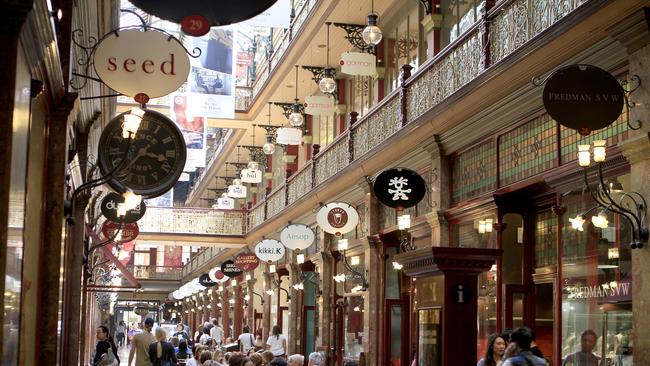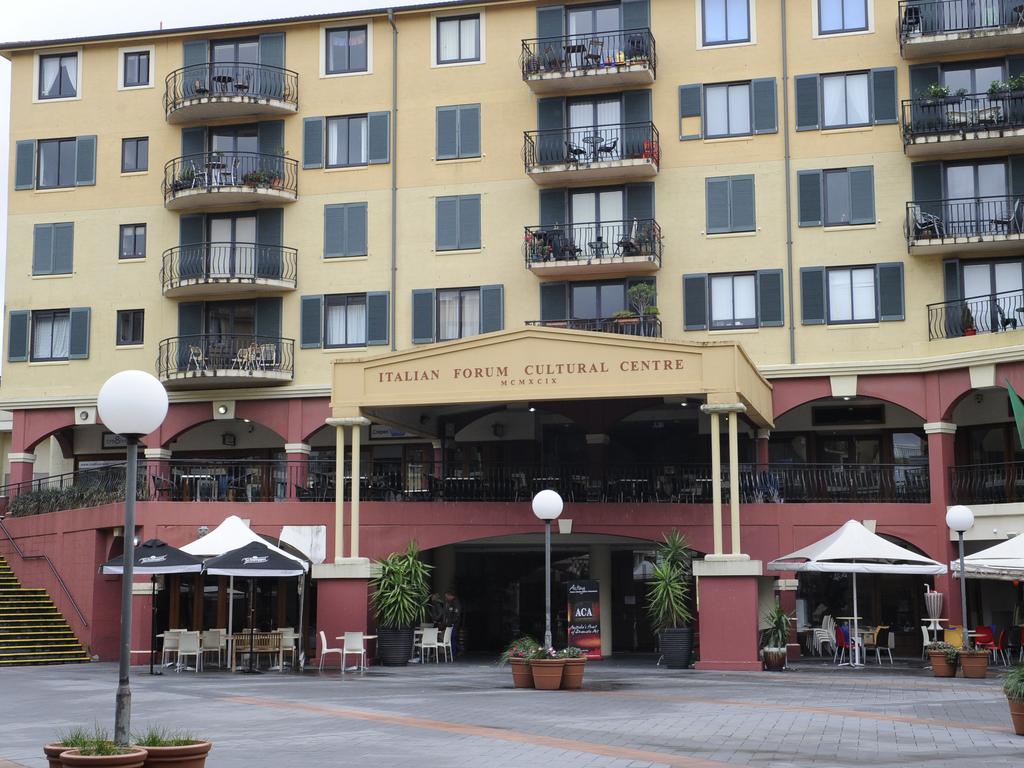Rent-a-demic strikes homes and sheds, says CBRE’s Sameer Chopra
Housing and industrial property are facing a rent-a-demic as vacancy rates plunge and rents jump.

Good (or poor) fundamentals can crush the impact of interest rates on real estate value.
In November 2022, we turned positive on the residential market in anticipation that vacancy would tighten by a further 0.3 per cent in 2023, off an already low base. Scroll forward and rents are now growing at 20 per cent year-on-year in Sydney and Melbourne, and capital values have started to recover.
We saw a similar theme with the industrial sector through early 2022 as rent growth accelerated from mid-single digits in late 2021 to high teens by mid 2022.
Our learning was that when vacancy falls below 2 per cent, rents start to increase at an ever accelerating rate, with 10 per cent-type levels easily achievable.
When vacancy falls below 1 per cent, rent growth can be 10-20 per cent; what we’ve described as a rent-a-demic. This is the situation we now face in the industrial and residential sectors.
Migration will boost the demand-side equation, and this has been evident since early 2022. What has surprised is the acceleration in arrivals into Australia.
The more important theme here has been to pick where these new residents are going to live, work and shop. Inner city locations, typically within 5-10km of a CBD or university, have tended to be early winners, and we can see that very clearly in how vacancy rates are evolving on a monthly basis.
Retail real estate is another sector that is set to benefit from the tailwind of immigration, students and tourism.
What’s more interesting is the investment in new supply. CBRE’s analysis across 20 of the largest real estate institutional investors suggests a $160bn of future development pipeline across all sectors. That appears to be a large investment envelope, but digging below the surface, we estimate that this equates to about 1 per cent new development for residential; 4 per cent for retail; 10 per cent for industrial and up to 15 per cent for office.
Now, if you compare this with the projected 14 per cent growth in population to the end of the decade, a number of opportunities start to emerge.
Residential has been under-supplied since 2016, but we also like retail, where there has been a lack of supply in recent years due to concerns about e-commerce. And looking ahead, it is a sector where there is a sizeable gap between investment (4 per cent) and population growth (14 per cent).
Could retail experience a rent-a-demic similar to industrial and residential? The demand side picture has actually been very healthy – Australians are currently spending 26 per cent more on retail goods and services compared to pre-pandemic levels.

Retail sales have also been relatively resilient in the face of recent interest rate hikes and cost-of-living pressures. We saw this in the recent ABS data release. The positive surprise in more recent times has been the extent of stickiness evident in physical retail shopping.
Our recent survey of consumers showed that over half of Australians like to see the product in-store before shopping online. Similarly, more than half prefer to return products in-store, even when they bought them online. With rising cost of acquisition, stores have provided an attractive alternative to boost online sales.
Over two thirds of consumers also prefer the offline channel for DIY, groceries, luxury products, homeware and clothing/footwear. Why? Because consumers say they like the immediate availability of products and can see/try before they buy.
A different survey of retailers published by CBRE in February 2023 found 64 per cent want to expand their store footprint, compared with 12 per cent looking to downsize. The number of retailers who want to increase the size of stores is double the number that want to reduce size.
We also see good evidence of retailers looking to open large customer experience flagship stores, particularly in prime locations. The main push-back we hear from retailers is the increased cost of fit-out due to elevated construction costs.
A third survey by CBRE of CBD retail vacancy in December 2022 found vacancy for this asset class had tightened by 1.96 per cent over the preceding six months. This survey of 5345 CBD outlets nationwide found that Melbourne, in particular, had seen the sharpest decline in vacancy.
Hospitality leasing has been a positive contributor to the favourable vacancy trends in Melbourne.
You can also see this positive theme evident in the financial results of retail landlords, which have seen occupancy levels trend up in the six months to December 2022 and is currently around 98 per cent.
With low vacancy, very limited future supply and encouraging demand conditions, the scope for retail landlords in prime locations to re-grow rents might well be on the cards. While rent growth rates may not match the levels recently achieved by residential, there is scope for it to pick-up from the current mid-single digit levels.
The icing on the cake of retail property investment may be the growing recognition of the opportunity to redevelop some of the retail shopping centre space for build-to-rent apartments.
Shopping centres have the advantage of typically being located in space which is well-serviced by public transport and close to amenities such as gyms and child care.
Sameer Chopra is CBRE’s head of research, Pacific and ESG Asia.





To join the conversation, please log in. Don't have an account? Register
Join the conversation, you are commenting as Logout